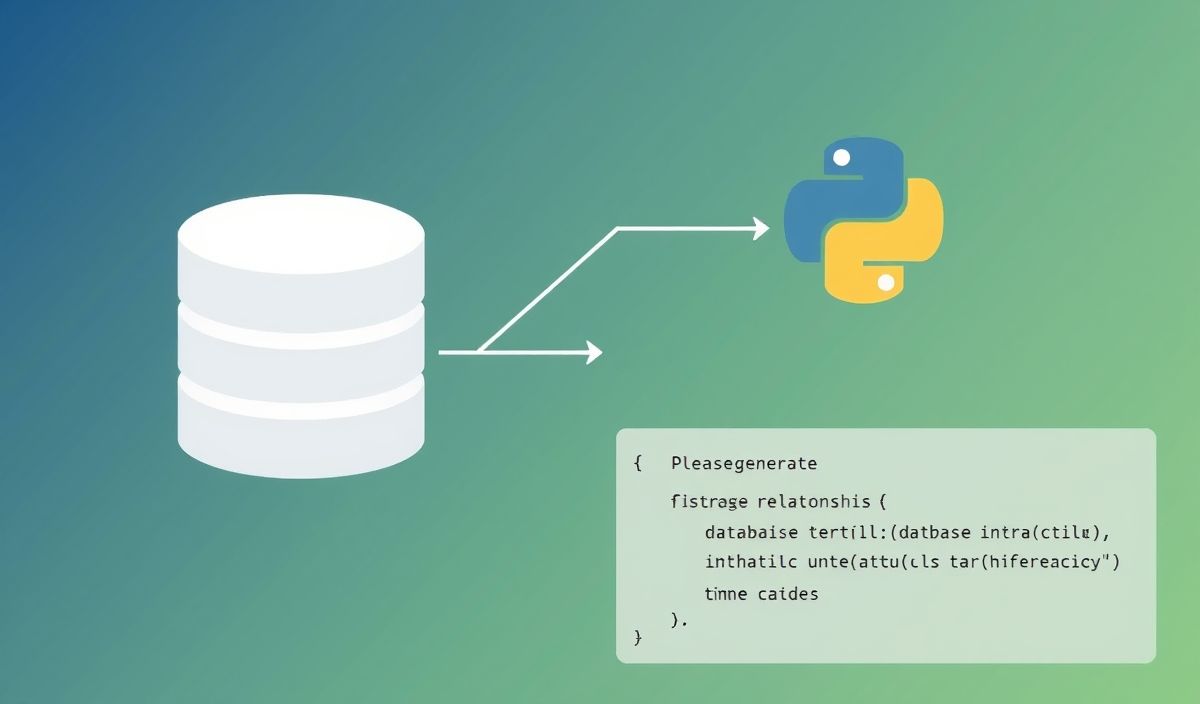Introduction to Akira ORM
Akira ORM is a powerful object-relational mapping (ORM) tool designed to streamline database operations in Python applications. It enables developers to interact with databases using Python code, without the need to write SQL queries manually.
Connecting to the Database
Get started by establishing a connection to your database:
from akira_orm import AkiraORM
db = AkiraORM('database_url')
db.connect()
Defining Models
Create Python classes that represent database tables:
from akira_orm import Model, Field
class User(Model):
id = Field(int, primary_key=True)
name = Field(str)
email = Field(str, unique=True)
class Post(Model):
id = Field(int, primary_key=True)
title = Field(str)
content = Field(str)
user_id = Field(int, foreign_key='user.id')
CRUD Operations
Create a Record
new_user = User(name="John Doe", email="john.doe@example.com")
new_user.save()
new_post = Post(title="My First Post", content="Hello, World!", user_id=new_user.id)
new_post.save()
Read Records
# Fetch all users
users = User.all()
# Fetch a specific user by ID
user = User.get(1)
Update a Record
user = User.get(1)
user.email = "new.email@example.com"
user.save()
Delete a Record
user = User.get(1)
user.delete()
Advanced Queries
Filtering Records
users = User.filter(User.name == "John Doe")
Ordering Records
users = User.order_by(User.email.desc())
Integrating into an Application
Here’s a sample application that integrates various features of Akira ORM:
from akira_orm import AkiraORM, Model, Field
db = AkiraORM('database_url')
db.connect()
class User(Model):
id = Field(int, primary_key=True)
name = Field(str)
email = Field(str, unique=True)
db.create_all()
# Create a new user
user = User(name="Jane Doe", email="jane.doe@example.com")
user.save()
# Retrieve and update the user
retrieved_user = User.get(user.id)
retrieved_user.name = "Jane Smith"
retrieved_user.save()
# Delete the user
retrieved_user.delete()
Akira ORM makes complex database interactions simple and intuitive. By using this ORM, developers can achieve higher productivity and maintain cleaner codebases. The above examples should provide a solid foundation to start leveraging Akira ORM in your applications.
Hash: 4bd95719e0718539120465a9f17f1c5848ba323568a680012992e90090e88381




